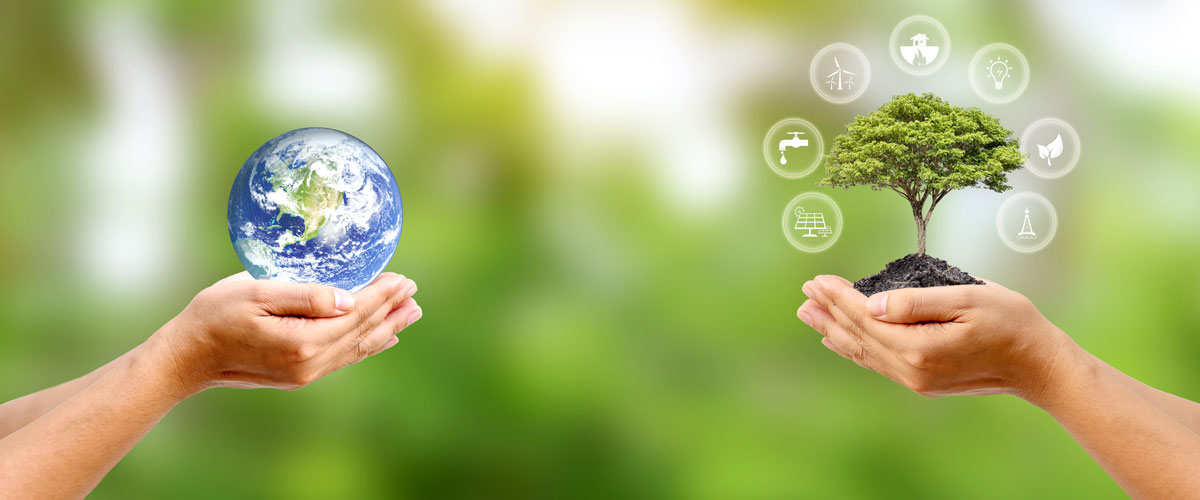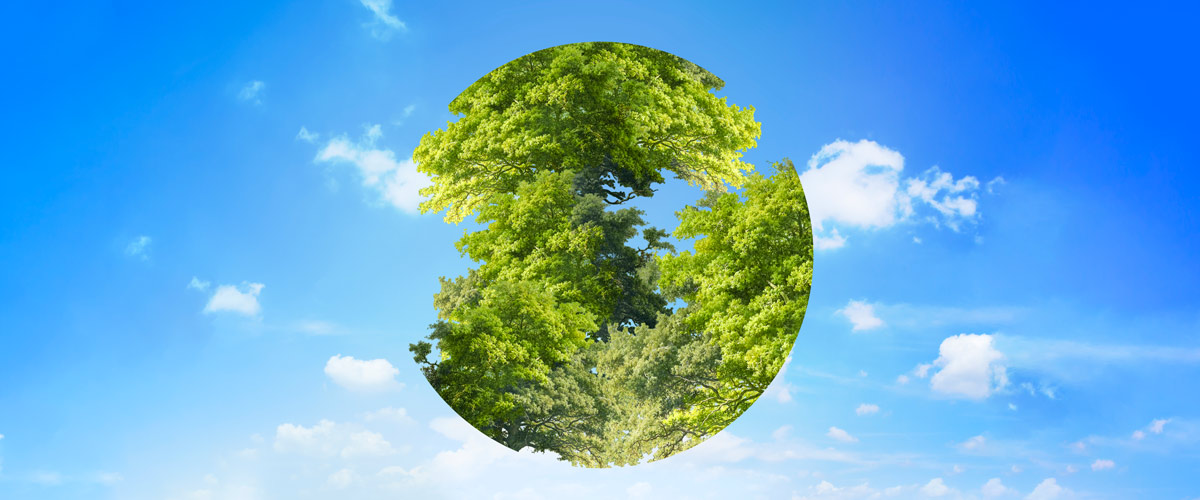While the 21st century has pioneered many changes, there has been a demand for a product to have a high level of communication with nature and the planet as well as aesthetics and usability in design. In this framework, an understanding that has names such as sustainable design or eco design has begun to act.
What is Sustainable Design?
Sustainable design emerged in the 1990s with names such as eco design and green design. With this sustainable design concept that came to life, companies started to create strategies to reduce their environmental impact in their production processes. In other words, with this strategy, companies have become more environmentally friendly, while at the same time becoming valuable and competitively strong in an eco-conscious international market.
- In today’s terms, the first studies called sustainable design actually started in Europe and the USA at the end of the 1980s. Afterwards, it was followed by:
- The first serious eco-design initiative took place in the Netherlands in 1994, when the Design for Sustainability (D4S) program of Delft University of Technology published the “Promise” guide as the first known sustainable design guide.
- In 1997, the same university, in collaboration with the United Nations Environment Program (UNEP), published “Eco Design: A Promising Approach to Sustainable Production and Consumption” was published.
- In 2009, an updated and improved version of “Design for Sustainability: A Step-by-Step Approach” was published.
Sustainable and Ecological Design Together
As in many environmental studies, sustainable design studies have gone beyond ecological design as social and economic factors are taken into consideration. Because while solutions such as recycling, renewable energy and waste reduction are more prominent in ecological design, sustainable design aims to meet the needs of the user in a sustainable way.
For sustainable design, first of all, in order to meet today’s needs, a solution that will not require future generations to give up their own needs is tried to be achieved. In fact, this framework is at the basis of sustainable development.
For example, a design such as “The Peepoo Bag”, which combines both sustainable and ecological design, intervenes in the problem of 40% of today’s people not having access to basic hygiene and toilet access. “The Peepoo Bag” was developed by a Swedish group in response to this problem that causes infant mortality, social problems and violence against nature. The Peepoo Bag is a disposable urine and feces collection bag. The bags are biodegradable, double-layered and have a technology that allows the feces in the inner layer to dissolve quickly, with urea in the first layer. However, since the bag is easily soluble in soil, it also acts as a fertilizer when combined with other biological waste. This kind of sustainable design solves an important problem for both the planet and human health in a profitable way.
What are the Basic Principles for Sustainable Design?
Sustainable design basically aims to prevent all negative situations that may occur during product life cycles, from production to distribution and from consumption to waste disposal. In other words, the philosophy is cradle-to-grave. In this context, there are basic principles that can make the design strong.
- The selected material should be environmentally friendly
Environmentally sensitive products and production processes should be considered for sustainable design. The materials chosen should be reusable, durable and sustainable, such as clay, wood, paper and adobe.
- Energy efficiency
In sustainable design, maximum energy gain should be achieved with minimum product consumption. For example, smart homes and smart appliances are always important because they are energy efficient, eco-friendly and have economic benefits.
- Sustainable cities
Compact and smart urban planning has always had an important place in terms of energy saving. Because while the urban population was 5% in the 18th century, today it has exceeded 4.4 billion with 56% of the population. For this reason, the understanding of ecological life and sustainable design should become active in cities. In this respect, it is desired that many points such as residences, common areas, hospitals, workplaces, and offices are close to each other and that less energy consumption and lower carbon dioxide emissions are achieved.
- Nature-friendly transportation
Unfortunately, increased transportation plays a major role in environmental pollution. In this context, solutions that encourage public transportation and reduce individual transportation should become more widespread. This point, which is a fundamental goal in sustainable design, aims to design vehicles that can operate with the use of renewable resources in the coming years and to make sustainable design understanding a pioneer in production.
Planet-Friendly Designs that Strengthen the Human-Nature Relationship
Sustainable design always observes the understanding of the Triple Bottom Line within the concept of sustainability. Within the Triple Bottom Line, “Planet, Profit and People” should be considered simultaneously. In terms of sustainable development, environmental, social and economic sustainability are taken into consideration. In this respect, sustainable design should be able to protect the health of the planet, provide peace of mind for people and generate economic gain through the design output.
Humans have been interacting with nature since ancient times. For this reason, they always instinctively incorporate the greenery they get from nature into their designs. However, sustainable design goes beyond this instinctive urge and cares about more than ecological sustainability, namely social, economic and behavioral sustainability.
Nature and the natural are good for both the soul and the body. In this case, an area where natural materials are used in design contributes to human health. While nature is good for humans, a design with strong human-nature communication is among the more common goals of the future so that humans can be nature-friendly. Sustainable and ecological designs that are efficient, solution-oriented and instinctively connected to human beings emphasize a strong communication between human beings and nature again. In other words, the idea of sustainable design can lead to a happier, greener and healthier world, as well as a better relationship with nature and the planet for future generations.




